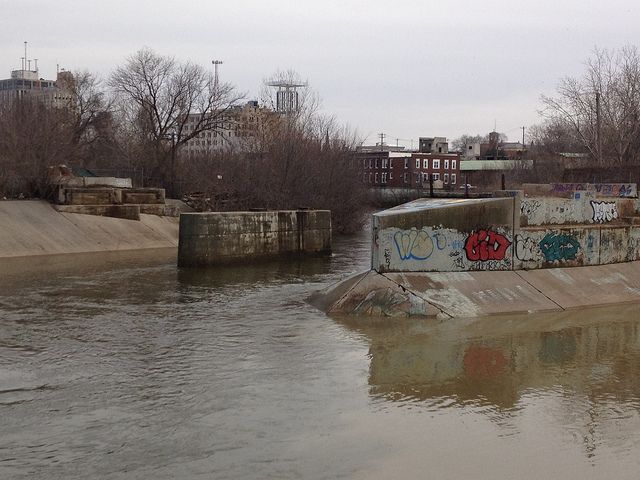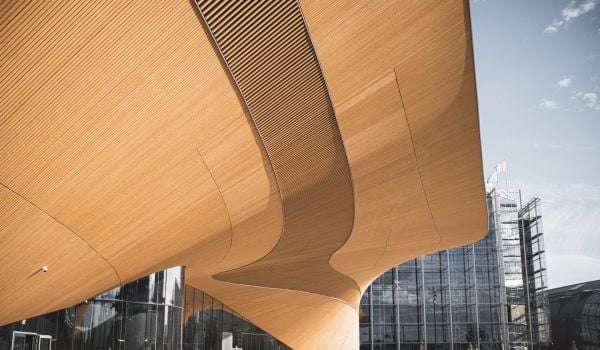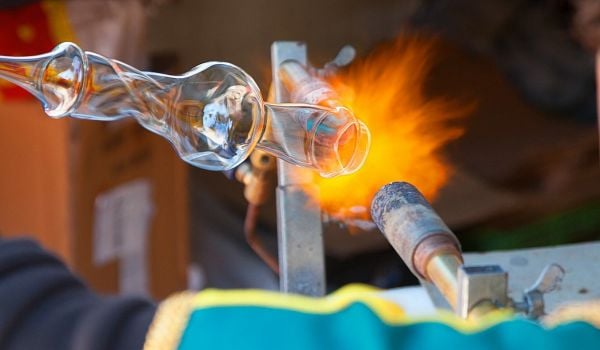Across the Rust Belt, cities that once proudly produced American cars and car parts have for decades dealt with often-crippling factory closures. Industrial buildings that employed hundreds or thousands apiece have emptied out en masse, leaving immense and hard-to-repurpose husks on the landscape.
You’ll find the most infamous example in Detroit, where the 3.5 million-square-foot Packard Automotive Plant has lured graffiti artists, metal scrappers and blight tourists since at least the 1990s, when most of the complex was abandoned for good. (Luxury cars haven’t rolled out of there since 1958, though other businesses on the premises had stuck it out for a while longer.)
But 60 miles northwest, another Michigan city — Flint, where the “planned shrinkage” concept gained credence thanks to U.S. Rep. Dan Kildee, the former county treasurer — has found a momentary use for the site of its own sprawling and derelict auto plant. Known as “Chevy in the Hole,” the former Chevrolet manufacturing facility spans 130 acres of mostly empty land. All but two buildings of this century-old complex on the Flint River remain standing. A number of ideas for reimagining the site have floated across the city’s radar.
But in the meantime — for this upcoming weekend, at least — Chevy in the Hole will turn into a three-day art festival called Free City. Held by the Flint Public Art Project, a local non-profit (Flint native Michael Moore sits on its advisory council, we see), will open a mile-long portion of the brownfield to the public. In addition to installations, music, dance and workshops, attendees can go on walking and bike tours of the site to learn about its history and potential future.
Noting that the city of Flint has taken steps to clean and plant trees on the site, the festival website says the idea is to “demonstrate that a critical mass of temporary activities can turn abandoned industrial properties into active public spaces, and will highlight the ongoing transformation of Flint.”
In another program undertaken by the Flint Public Art Project, the group has invited a London-based team of architects and designers to install a temporary pavilion on a full-block parking lot in downtown Flint this summer.














